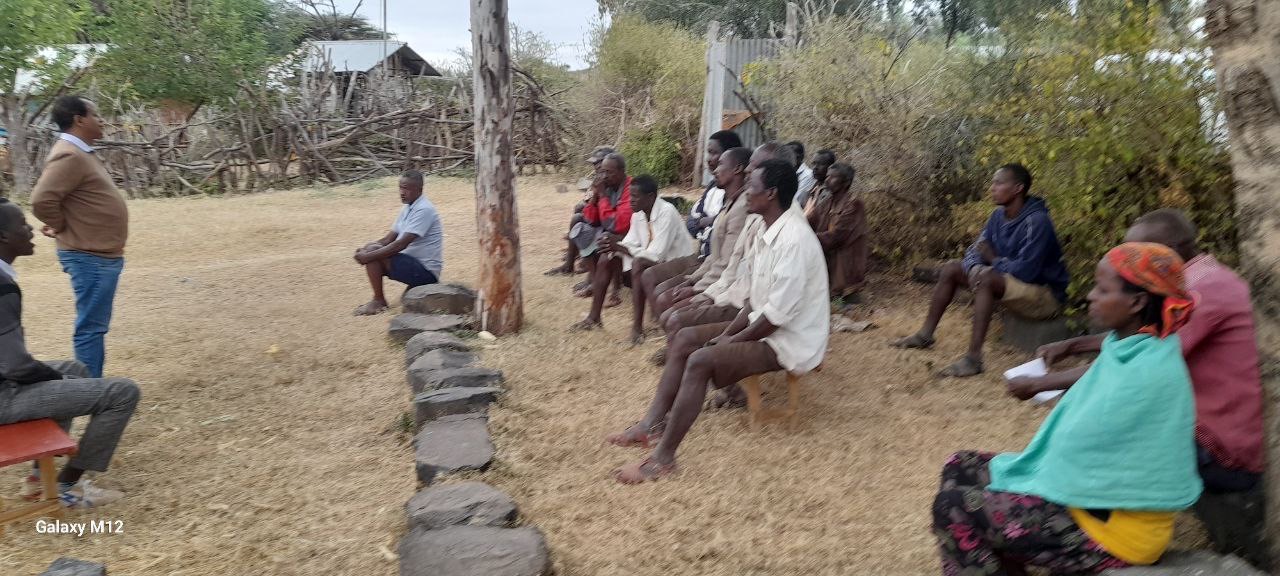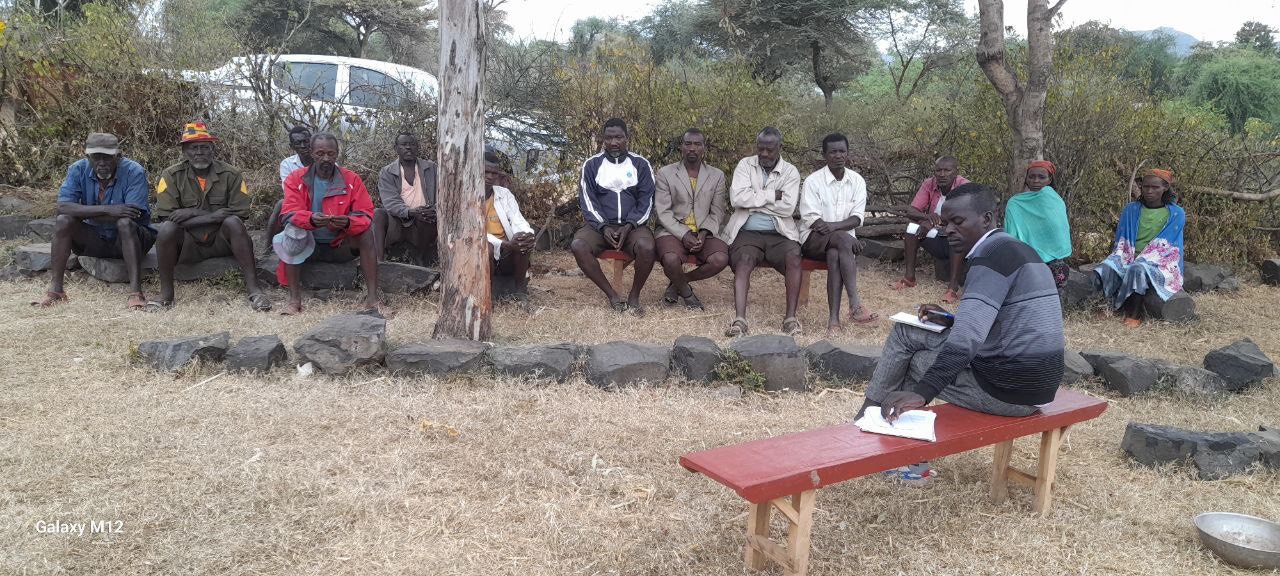The region that was formerly known as the Southern Nations Nationalities and Peoples Region (SNNPR) was progressively split into four regions namely Sidama, Southwest Ethiopia Region, South Ethiopia Peoples’ Region and Central Ethiopia Peoples ‘region.
The Sidama region initially arose followed by the Southwest Ethiopia Region. Recently, the South Ethiopia Region, which has about 32 different nationalities, was created based on the result of a referendum held to create the new region. Ten of the remaining nationalities of the former SNNPR created the fourth new region called the Central Ethiopia Region. All of the above regions share boundaries with the adjacent Oromia region. For example, the Sidama region is bordered by the western Arsi of Shala and Siraro districts in West Arsi Zone of Oromia region, where competition over grazing lands, cattle robbery, and small-scale interpersonal disagreements sometimes result in bloodshed in these border districts. Similar to this, the recently established South Ethiopia Region is bordered by the Guji and Borena zone of Oromia Region where cross-border conflicts due to resource competition are common.
The political system in Ethiopia structured regions along ethnic lines, which undermined striking a balance between ethnic identity and national identity and hence weakened the feeling of national identity. This ethnic identity based federal arrangement has intensified division, mistrust, and weakened citizens' sense of national identity and togetherness. Furthermore, youth are influenced by fabricated narratives and past grievances, which further fuel suspicion leading to inter-ethnic distrust and intolerance. As a result, the sentiment of ours and theirs is sown among the people of the country. Along with this, citizens' sense of national identity and togetherness has been weakened as they have turned their attention from common progress to narrow group wellbeing.
The former southern Region, which was a vast region embracing many nationalities, has been divided into four regions as a result of the erosion of shared values, limited capacity of managing diversity, and a narrow definition of common success. Regarding this, despite sharing similar clan structure and close-knit common epitome, the Konso, Ale, and Gardula zones in Southern Ethiopia have experienced a variety of conflicts that resulted in a high number of destroyed properties, caused death of hundreds of citizens, and weakened the longstanding social ties. The main causes of these clashes are the demands of self-administration which include claim for administrative boundary, false narratives, and the narrow personal interests of the political leaders and ineffective lower-level government apparatus and its disregard for values like harmony, mutual respect, tolerance and listening.
However, over the past one year, efforts have been made in the aforementioned zones and the districts established under them to reduce conflicts and prevent additional displacements. It is critical that community-wide peace actors’ particularly tribal leaders, leaders of traditional and religious institutions, young people, women, and government officials in the recently established region have the ability to both avert conflicts and transform them when they do occur. The youth should be advised to refuse violence of any sort by distancing themselves from manipulation by interest groups. Collaboration between leaders of traditional and religious institutions, young people, recently assigned government officials, and other peace and development actors such as IOM, Center of Concern and Zonal development associations is essential to foster a sense of unity and contribute to the process of building peace and resolving conflicts through collective and coordinated efforts.


